Written by: Naveed Bari
How an ambitious endeavor by a small group of American youngsters to explore Pakistan’s serene Hunza Valley turned into an emergency evacuation as the war broke out between India and Pakistan.
May 5th started with the break of dawn. I walked in an empty lobby of Marriott Islamabad at 5:30 in the morning. Soon we were off to the airport with the hotel staff kind enough to pack our breakfast with large coffees. Hoping to kick off to a good start, Pakistan International Airlines flight to Gilgit had different plans for our welcome. While we waited for other passengers outside the terminal with our eyes glued to the status screens of all departures, Gilgit flight status stayed ‘on Time’ but never turned to ‘Now Checking-in’. At 7:30, it dawned on us that the flight has left for Gilgit leaving throngs of passengers behind.



There was huge ruckus at PIA counter down below as people wanted an explanation as to who has been escorted in an empty aircraft to Gilgit. This was an unprecedentedly awkward situation for me. There was another flight ready to depart for Skardu in a matter of two hours. There was no time to waste. With a big blow to the budget, I got the confirmed seats for Skardu. The guests finally heaved a sigh of relief as we proceeded to the boarding counter.
During this time, I made a few phone calls to get the transport ready for us as we land in Skardu. In order for us to reconnect to the broken Itinerary, we had to reach Raikot Bridge which was a five hour journey from Skardu Airport, and because by then, it would be evening, we had to book rooms at the Raikot Bridge to spend the night and start our tour from the next day.
We stopped by Satak Nala, a crowded mid-way stop between Gilgit and Skardu where we had a hearty lunch right next to a raging glacial stream pouring into the mighty Indus down below.

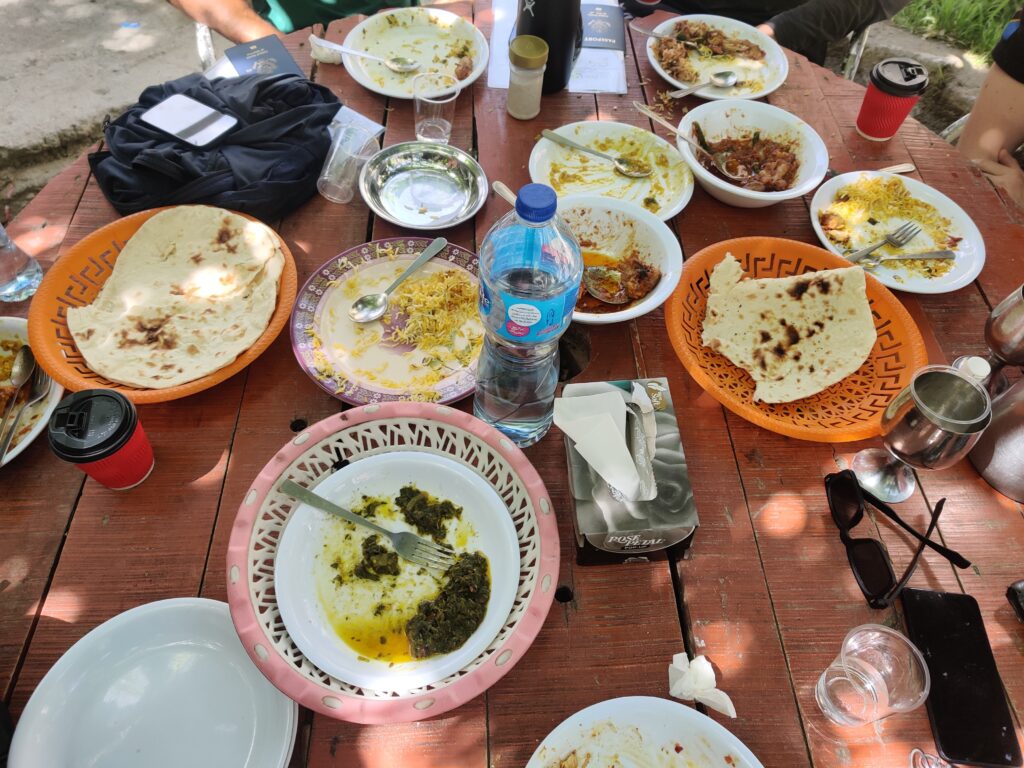

Raikot Bridge, for me holds a lot of memories. It is like coming back to your old neighbourhood. Peaceful and calm. Rugged yet fascinating. Mesmerizing yet uninviting. It’s a place which leads to the base camp of the mighty Nanga Parbat. This is an uninhabited, isolated and small roadside town with only a few check posts. This place has certain aloofness to it, not giving a damn to anyone coming or passing through. This is a place where you feel like an ant on the back of a Giant. Shangrila Raikot is a decent place to spend the night and with my previous satisfactory stop-overs, this was the perfect stop to call it a day.
May 6th started with the legendary jeep ride to Tatto village which definitely had the guests taken by surprise. The vehicle, like always, was highly inappropriate to provide any semblance of safety for such a route. But such is life in this part of the world. The shear drops to thousands of feet, merely inches from the tyres, had everyone cling to the handlebars, even worse, brace for whatever will happen the next moment. Clad in easy wear, atoned to the hot summers, the guests trudged their way up the trek for a good three hours with a customary refreshment break on a trek-side cafe, always soothing, both to the weary muscles as well as a fiery belly.

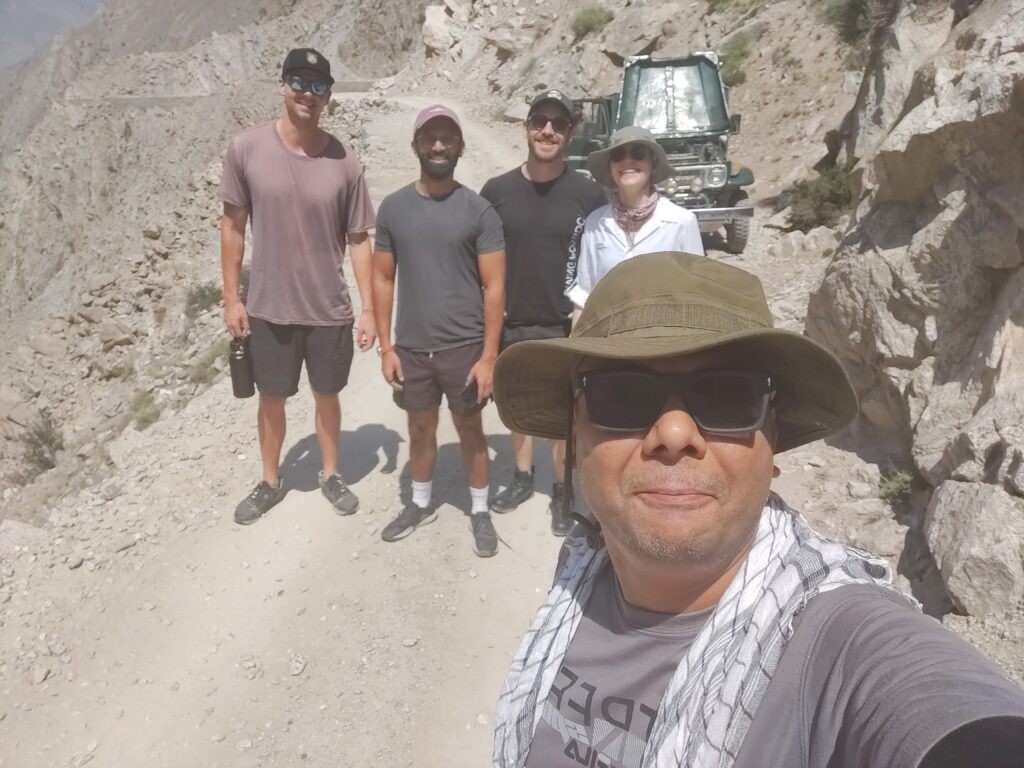
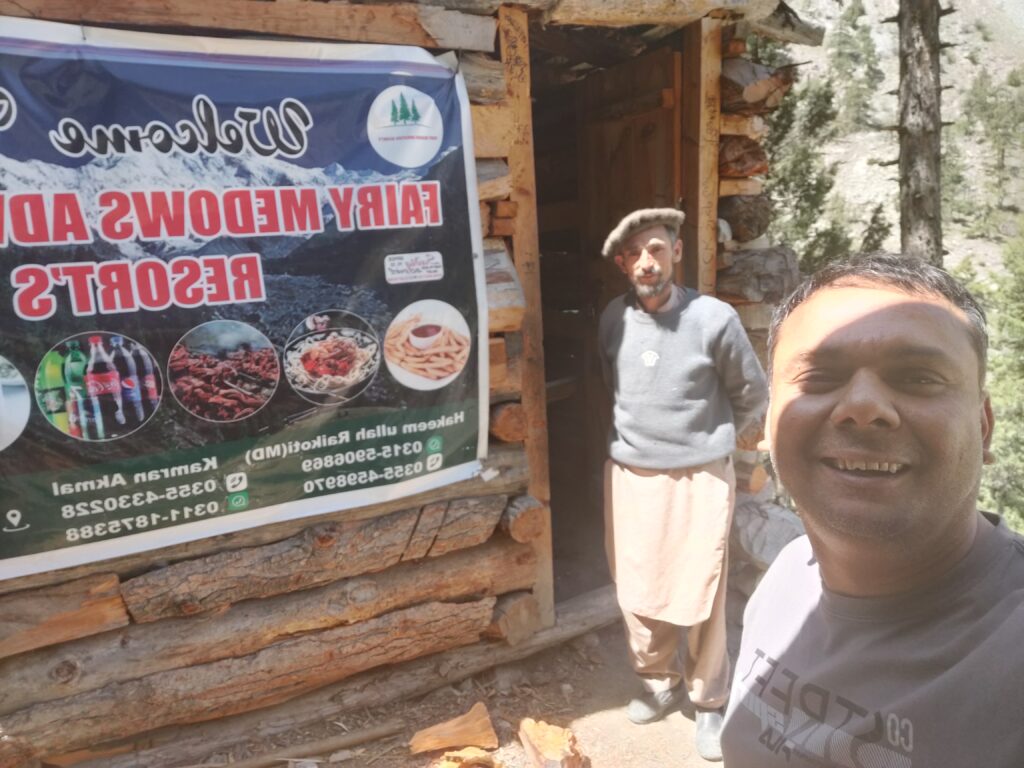
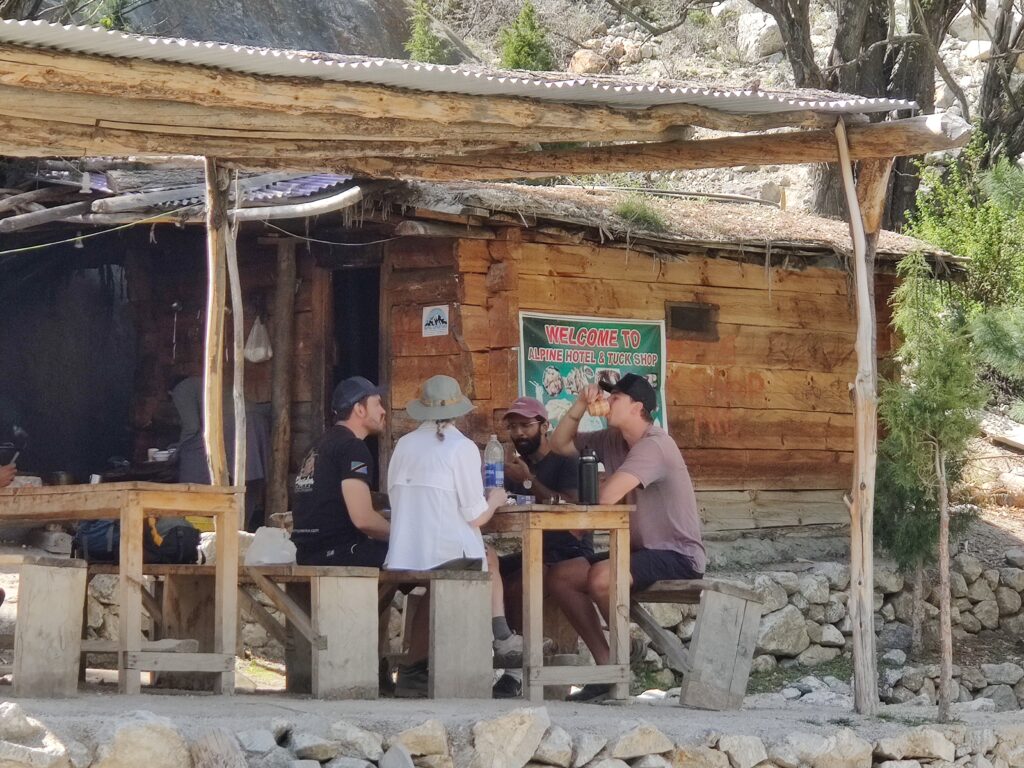

The first impressions of Fairymeadows are difficult to hide. For the first-timers this, without a doubt, is an awestruck moment. It takes a few minutes for them to acknowledge the special place they have ventured into. Amanda for one was speechless. From a guide’s perspective, the routine drill went on with a visit to the Beyal Camp the next day, but Amanda definitely had struck a note with this place. The next day, I found her sitting in the big lawn of the resort waiting for the sunrise, all teary-eyed, struggling to make every moment count. Under the shadow of the mighty Nanga Parbat, the guests had a great time in Fairymeadows. Deep in the wilderness, in another corner of the world, unaware of what was unfolding in the ‘civilized’ world.
…. to be continued
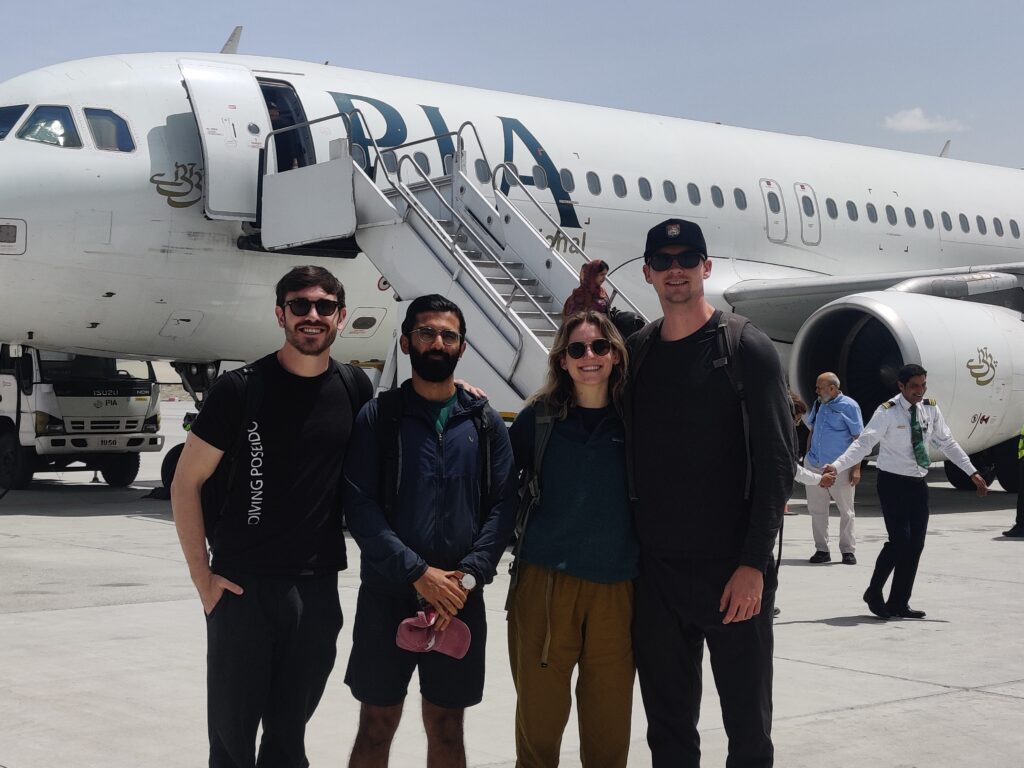

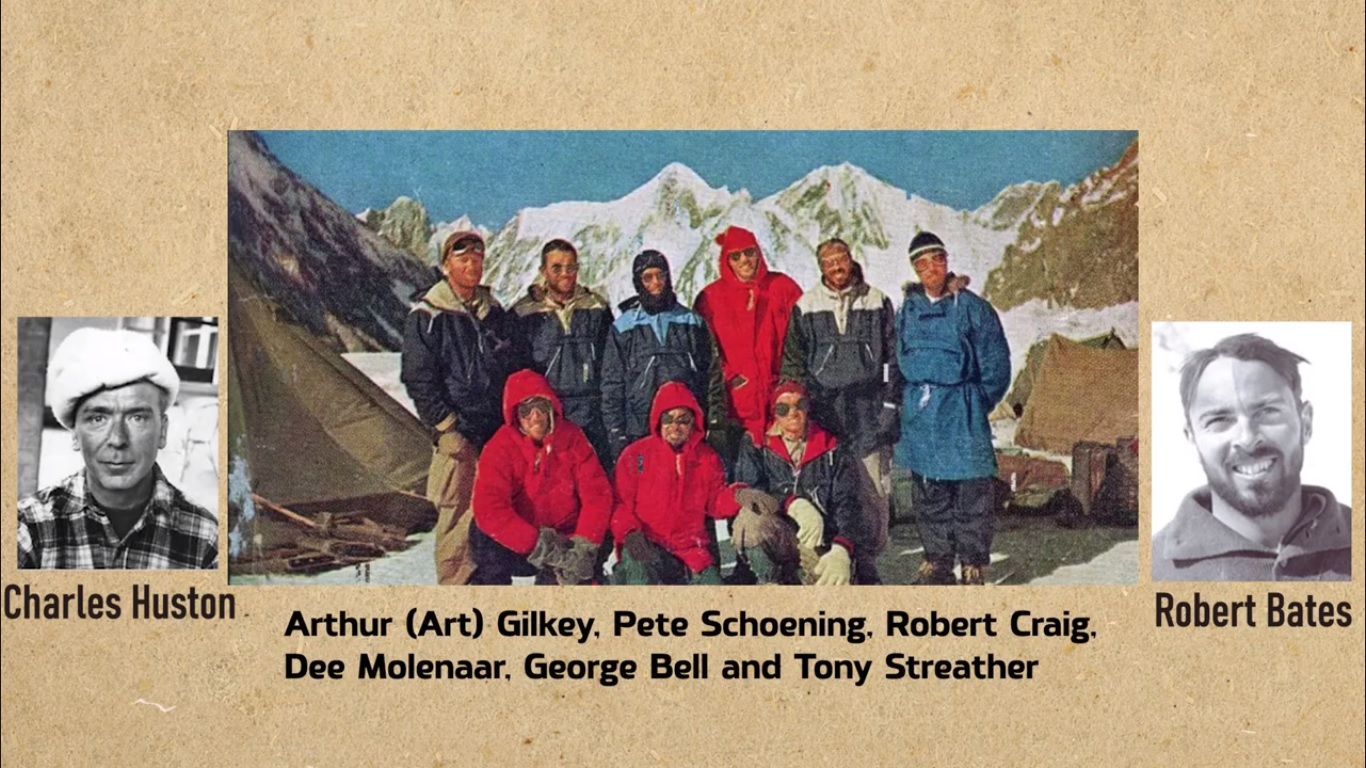
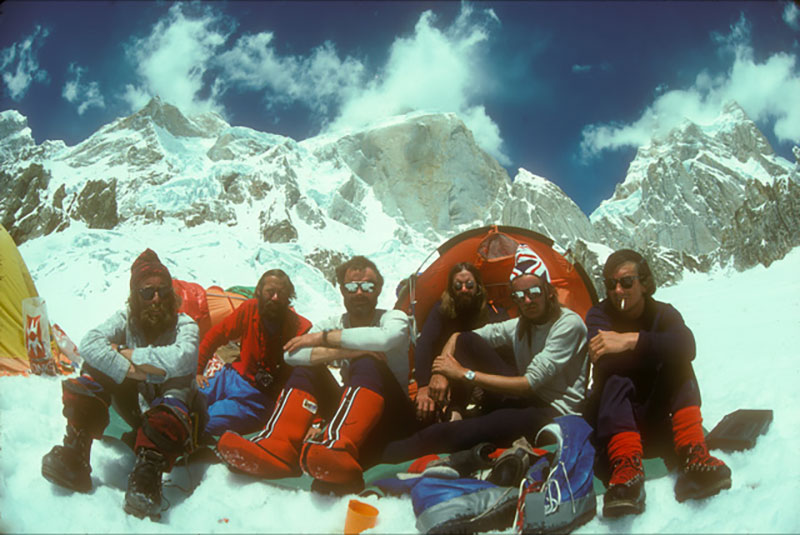
Leave a Reply